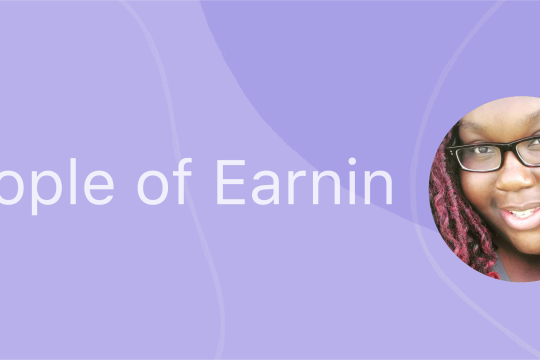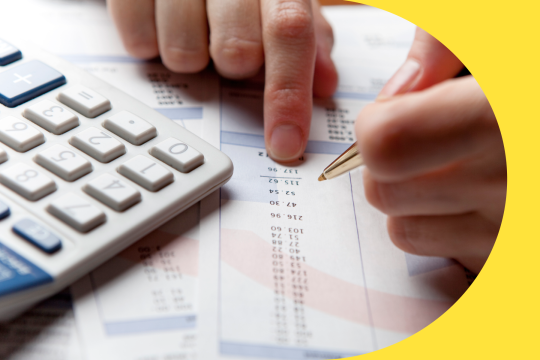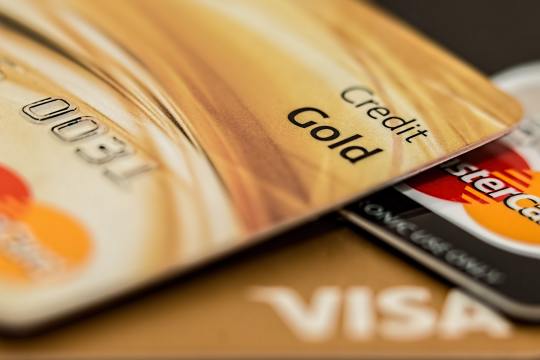Anytime is a great time to refine your approach to financial planning. Maybe you’re handling family finances, approaching retirement, or even starting a new career — no matter your situation, having a well-constructed financial planning checklist will help you achieve and maintain a solid financial position throughout the year.
If you’re looking to build your own checklist, here’s everything you need to know about how these checklists work and how you can tailor one to your needs for proactive financial planning.
What is a financial plan?
A personal financial plan is a detailed outline of your current financial status, money goals, and the steps you need to take to achieve them. Making this plan requires a close look at a few key financial components:
-Budget
-Income
-Debt
-Savings
-Investments
-Long and short-term goals
By compiling this information, you’ll get a clear overview of your financial status to help you reach your financial goals on time.
Creating a financial plan involves balancing immediate financial requirements (like establishing an emergency fund or handling debts) with future aspirations (like retirement planning and investment strategies). Your plan must also adapt to life changes, new financial goals, or market shifts as they arise.
A thorough plan and a clear view of your financial situation can also help guide you through important money decisions, like tax planning, adjusting insurance policies, and rebalancing investment portfolios.
Financial planning checklist: 10 steps to review and plan your finances
If you’re looking for effective financial management strategies, here are the top 10 financial planning steps to consider as you create a robust financial plan:
1. Take inventory of your finances
Start by thoroughly assessing your financial situation. This includes reviewing and recording your source(s) of income, recurring expenses, and outstanding debts. You’ll also want to list any assets you have, like stocks or retirement funds, and any liabilities, like a mortgage or car loan. Understanding what money you have and what you owe establishes a baseline for your planning.
2. Set your financial goals
Determine what you want to achieve financially in the short and long term. This could range from saving for a down payment on a house to planning for retirement or creating an education fund.
3. Manage your debt
Evaluate your current debts and create a payment schedule for yourself to pay them down. Consider prioritizing high-interest debts and exploring consolidation options if necessary.
4. Review your retirement savings plans
Assess your current retirement plans, whether you have a 401(k), traditional IRA, or Roth IRA. Make sure your recurring contributions align with your retirement goals. The more you pay into your retirement at an earlier age, the more you can grow your funds and earn interest over time.
5. Look over your investments
If you have investments, review your portfolio to make sure each investment lines up with your financial goals and level of comfort in accepting risk for potential rewards (aka risk tolerance). You may need to rebalance your investments from time to time to keep up with your goals.
If you have few or no investments, consider talking with a financial professional to see what type of investments you can begin making to save for the future
6. Review your insurance coverage
Check that you have enough insurance coverage, including health, life, and property insurance. Regularly review your policies to make sure they meet your current needs.
7. Explore tax planning for investments
Look into what tax-saving investment options might be available to you. For example, if you buy or sell stocks, you might consider tax-loss harvesting, which involves selling non-performing investments at a loss to offset the taxes you’ll owe on profits from well-performing investments.
8. Update your emergency fund
An emergency fund can help you get through unexpected financial hurdles, like a major home repair or sudden unemployment. Aim to save enough to cover at least 3-6 months of living expenses.
9. Plan your estate wishes
Consider estate planning to make sure your assets will be distributed according to your wishes in the event of your death. This includes making wills, trusts, and beneficiary designations.
10. Consult a financial professional
For complex financial situations, seek advice from a financial advisor. They can provide tailored strategies that will help you optimize your money and achieve your goals.
Monthly planning guide for financial stability
Adopting a step-by-step approach to your monthly finances can help you effectively manage your resources. By breaking down financial tasks into specific monthly actions, you can keep a clear focus on your money goals throughout the year.
January: Set financial goals
Begin the year defining your financial targets. This includes building out realistic savings goals, payment plans to reduce your debt (especially high-interest ones), and plans for growing your investments. Consider potential short-term objectives, like building an emergency fund, and long-term aspirations, like purchasing a home.
February: Tax planning
Use this month to get ahead of the tax filing season. Complete your tax filing before the annual deadline, which is usually in April. You can also use this month to review how much tax you elect to take out of your paychecks (aka tax withholdings) on your W-4 to make sure it’s accurate for the year ahead.
March: Emergency fund review
Evaluate the status of your emergency fund. It should cover 3-6 months of living expenses to safeguard against unexpected expenses or financial hardships. If your fund is lacking, plan out how you can add to your fund bit by bit in the coming months.
April: Credit report check
Request and review your credit report. Look for any inaccuracies, like missing credit lines or ones you have no memory of opening, and contact the credit reporting company to make corrections.
If your credit score is low or you’re carrying high balances on your cards, look at how you can improve these areas with timely payments and less credit card usage. This is especially important since a strong credit score is essential for securing loans with favorable interest rates.
May: Insurance policy update
Assess your insurance coverage, including life, health, and property insurance. Make sure your policies are up to date and reflect any life changes, like a new family member or property acquisition.
June: Mid-year financial review
Conduct a thorough mid-year review of your financial situation. Evaluate your progress toward your yearly goals, adjust your budget as needed, and reassess your investment strategy.
July: Budget adjustment
Reflect on your spending and saving patterns from the year's first half. Adjust your budget to prepare for any anticipated expenses in the second half of the year, like holiday spending or annually billed subscriptions.
August: Education and family planning
For those with children or dependents, this month is ideal for planning education-related finances. Consider saving options like 529 plans for college funds, and assess your budget for upcoming school-related expenses like supplies or new clothing.
September: Investment portfolio review
Review your investment portfolio, focusing on diversification and risk tolerance. Diversification means spreading your investments across various sources to reduce your risk, while risk tolerance is your comfort level with investment risks. Determine if your current investments align with your financial goals and make adjustments as needed.
October: Retirement planning
Examine your retirement savings plan. Consider increasing your contributions to meet your retirement goals, and explore different retirement accounts and investment options to see how you can maximize your savings potential.
November: Charitable contributions
Plan for charitable giving. Research causes you're passionate about and consider the tax benefits for making donations, as charitable contributions are often tax-deductible.
December: Year-end financial check
Reflect on the financial milestones you achieved throughout the year. Set financial resolutions for the upcoming year, like starting a new savings account, cutting unnecessary expenses, or investing in personal finance education.
Prepare for your financial future with EarnIn
Planning is an important part of maintaining your financial stability — whether you’re preparing for future goals or saving for any unexpected curveballs life may throw your way. No matter what you’re preparing for, there are plenty of resources you can leverage to help you face those challenges — like EarnIn.
With the EarnIn app, you get helpful tools and a deep well of resources to help you stay informed and in control of your earnings. For example, our Cash Out tool lets you access your pay as you work — not days or weeks later. You can get up to $100 a day and up to $750 every pay period with no credit checks, no interest, and no mandatory fees. This is handy for unforeseen emergencies or urgent expenses and it's also great for timing your everyday expenses.
Our Credit Monitoring tool also lets you check your credit score in real time — anytime and anywhere — to keep you informed about your credit health.
If you're looking for the flexibility to take on financial challenges and reach your goals, add the EarnIn app to your toolkit and enjoy mobile access, advanced security, and 24/7 support.
You may enjoy












EarnIn is a financial technology company not a bank. Subject to your available earnings, Daily Max and Pay Period Max. EarnIn does not charge interest on Cash Outs. EarnIn does not charge hidden fees for use of its services. Restrictions and/or third party fees may apply. EarnIn services may not be available in all states. For more info visit earnin.com/TOS.






